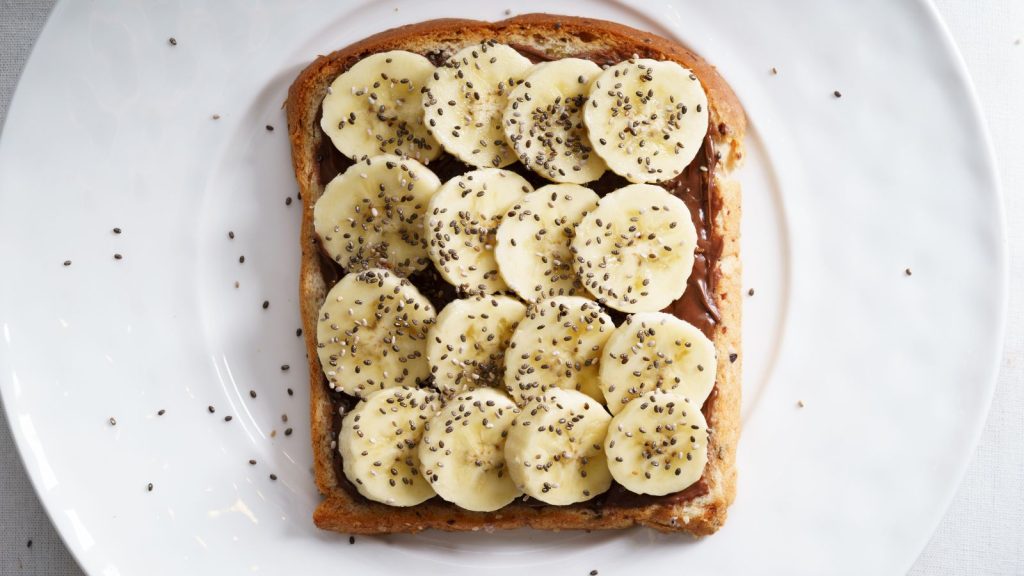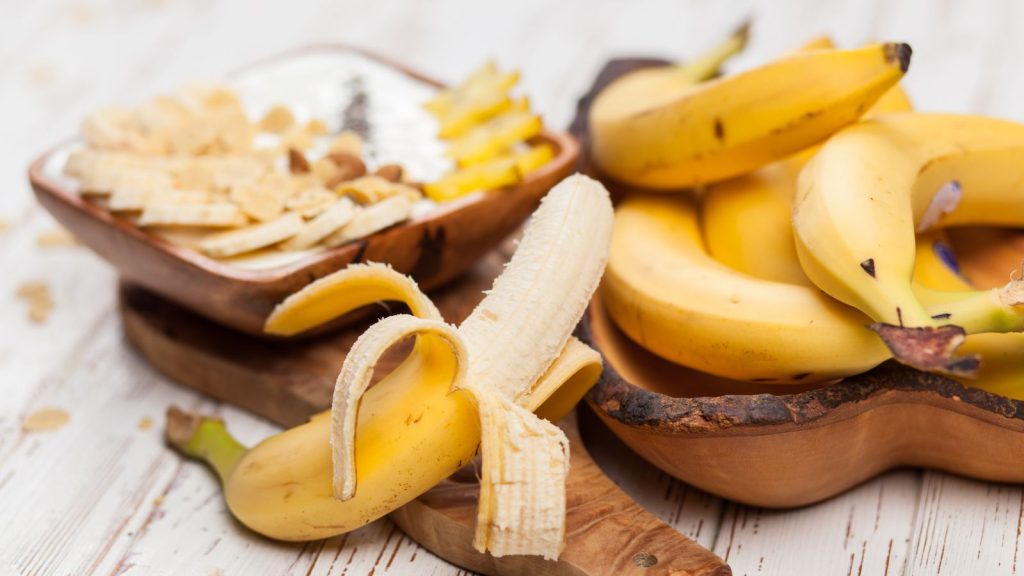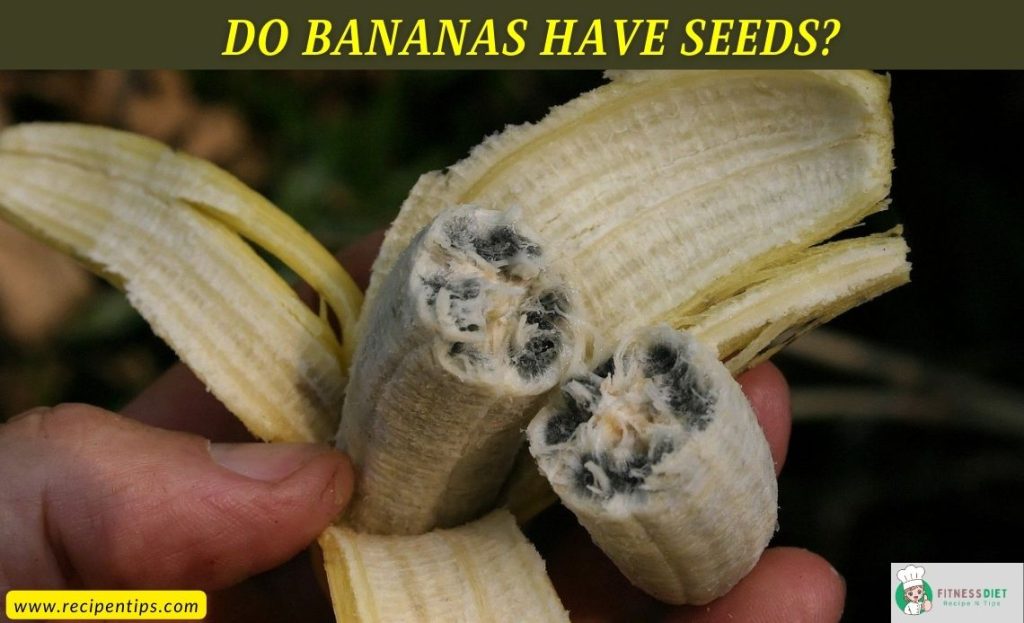If you Google “do bananas have seeds,” you will get about 8.84 million results in under a second. The top result is from a website called eHow, which claims “bananas do not have seeds because they are not plants.”
This may come as a surprise to many people, myself included, but apparently, bananas are not plants!
How are bananas grown?
Bananas are grown in warm climates and need a lot of rain to grow properly. They are often grown as part of a mixed crop with other fruits and vegetables.
Bananas need to be harvested when they are green and unripe, as they will not ripen properly once picked.
Once harvested, bananas are transported to warehouses where they are stored at a temperature of 13 degrees Celsius. After a few days, the bananas start to ripen and turn yellow.
Once ripe, the bananas are then shipped to supermarkets all over the world.
Why don’t we see banana seeds?

Banana seeds are not often seen because they are usually removed before the fruit is eaten. The seeds are small and hard and can be difficult to digest.
They also have a bitter taste that some people do not like. For these reasons, most people prefer to eat bananas without seeds.
Why do bananas not have seeds?
Bananas do not have seeds because they are what is known as parthenocarpic fruit. This means that the fruit develops without needing to be fertilized by pollen from a male flower.
In order for a banana tree to produce fruit, it needs to be pollinated by another banana tree of a different variety. Once the female flower is pollinated, it begins to develop into a banana bunch.
Each banana in the bunch develops from an ovary, and each ovary contains two or three carpels.
If bananas don’t have seeds, how do they grow
If you’ve ever eaten a banana, you know that they don’t have any seeds. So, how do bananas grow? Interestingly, bananas are grown from the world’s largest herb. Bananas grow in hot weather and need lots of rain. They also need rich soil to grow in.
Bananas are grown in many different countries, including Ecuador, Costa Rica, Brazil, India, and China. Bananas are an important part of many people’s diets. In fact, some people eat them every day!
So, the next time you eat a banana, think about how it got there. It’s pretty amazing when you think about it!
How many seeds do bananas have?
If you take a close look at a banana, you can see small black seeds in the flesh of the fruit. Bananas are actually classified as berries because they have seeds in them.
The number of seeds in a banana depends on the size of the fruit. A smaller banana may have around 10 seeds, while a larger banana can have up to 20 seeds.
Although bananas have seeds, they are not like other fruits such as apples or oranges, where the seeds are surrounded by a hard shell. The seeds in bananas are very small and soft. You can eat the whole banana, seed and all!
Where are the seeds of a banana?
The seeds of a banana are found in the center of the fruit. There are usually around 12 seeds in a banana. The seeds are black and small, and they are encased in a thin, white membrane.
How do you get seeds from a banana?

It’s actually quite easy to get seeds from a banana.
Here’s how you can get seeds from a banana:
- Start by peeling the banana.
- Cut the banana in half lengthwise.
- Use a spoon to scoop out the seeds from the center of the banana halves.
- Rinse the seeds off with water.
- Let the seeds dry before planting them.
How many seeds does a banana have?
The seeds of a banana are found in its fruit. There are around 100-150 seeds in each banana, though this number can vary depending on the size of the fruit. The seeds are small and black, with a hard outer shell. They are not edible and have no nutritional value.
Can we eat banana seeds?
The seeds of the banana tree are small and black, with a hard outer shell. They are found in the center of the fruit, surrounded by fleshy pulp.
When ripe, the seeds can be eaten raw or roasted. They have a nutty flavor and can be used as a crunchy topping on salads or other dishes.
Banana seeds are a good source of nutrients, including protein, fiber, and essential fatty acids. They also contain several vitamins and minerals, such as potassium, magnesium, and zinc.
Why Do Wild Bananas Have Seeds?
Wild bananas are full of seeds because they haven’t been bred to be seedless like the ones we eat today. Bananas were originally bred for their fiber, which was used to make things like ropes and mats.
The seedless varieties we eat today were developed much later for human consumption.
While some people may not enjoy the taste or texture of wild bananas with seeds, they are actually quite nutritious. Wild banana seeds contain vitamins A and E, potassium, iron, and magnesium.



